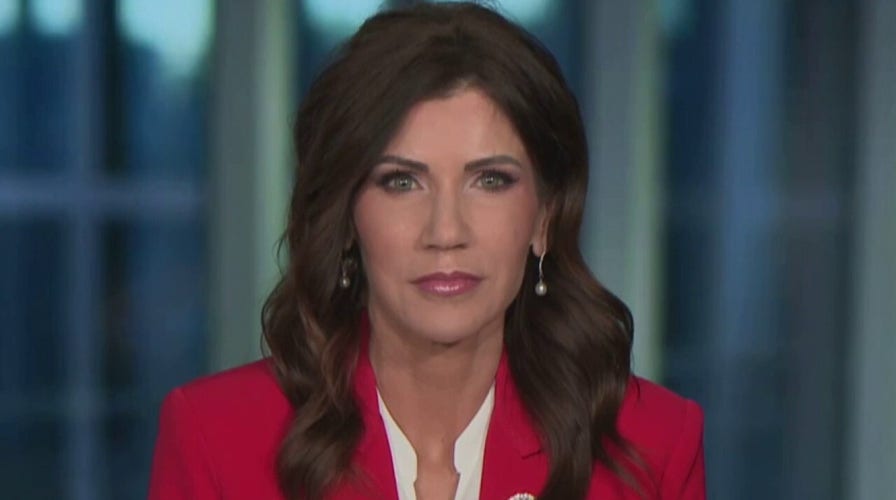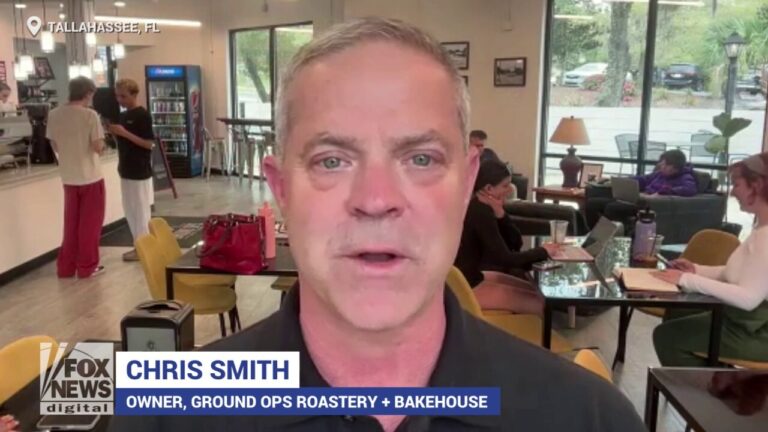
On March 10, 2020, South Dakota diagnosed our first cases of COVID-19. One year into our fight against the virus our state has some very promising items to report.
On March 10, 2020, South Dakota diagnosed our first cases of COVID-19. Tragically, that day also marked our first death in what would be a long fight against the virus.
When that day came, we were prepared. Our Department of Health had been monitoring the situation since January and had stood up our Emergency Operation Center a month before the virus reached our state. I was briefed frequently by our health experts, and I passed the science, facts, and data of the virus onto my constituents, just like every governor did.
But in some ways, I took these conversations a step further. I met with lawyers and constitutional experts to better understand the authorities that I had – and those that I did not have. I asked business owners what the impact of various policy decisions would be on their livelihoods.
And then I made the decision that South Dakota would not shut down our state. I advised people to take common-sense precautions against this common enemy. But I did not order South Dakotans to shelter in place. I never mandated masks. And South Dakota was the only state in America to never order a single business or church to close.
NOEM: MEDIA USED FEAR ‘TO PUSH AN AGENDA’ DURING COVID PANDEMIC
As I write this, COVID-19 has caused 1,690 deaths in our state. Even one would have been too many. We had our share of tragedies; we knew that we would. We knew that we couldn’t stop the virus from spreading, so we took targeted action to curb the spread.
We focused on hospital capacity to take care of those who truly needed it, and we never exceeded that capacity. And today, South Dakota has one of the top-3 vaccination efforts in the country.
But today, I want to talk about the tragedies that South Dakota didn’t have.
Because we let South Dakota kids learn in the classroom, our children didn’t fall behind in their education like we’ve seen happen in so many states. Because we didn’t shut our state down, our businesses weathered the virus better than any state in the country. And because we balanced fighting the virus with maintaining social, economic, and mental health, South Dakota didn’t see an increase in suicide rates.
South Dakota schools are no different than schools everywhere else in America. But we approached the pandemic differently. Our priority was the students; their well-being; their education. And when it was time to go back to school in the fall, we put our kids in the classroom.
LARRY HOGAN LIFTS MANY MARYLAND COVID RESTRICTIONS, LEAVES MASK MANDATE IN PLACE
We knew that our kids were less likely to contract the virus and less likely to transmit it. We also knew that there were real consequences to keeping our kids out of the classroom.
The best data available indicated that distance learning was causing knowledge retention to drop off substantially. Students would return to school in the fall with roughly 70% of regular learning gains in reading, and that number dropped to less than 50% for math. Those numbers are unacceptable, and we knew that if we didn’t get kids back in the classroom, it would have profound negative consequences on their future.
Teachers, parents, and the students themselves were of one mind: to make things work for our children. And the best way to do that was to get them back in the classroom. Together, we got it done, and our kids have been in school since the fall.
SAN FRANCISCO DISTRICT TO REOPEN AFTER PUTTING SCHOOL NAME BACKLASH TO REST
In January 2020, I declared South Dakota “Open for Business.” If we’re being honest, COVID-19 put that declaration to the ultimate test, but we successfully responded to the virus without compromising that promise.
I never ordered a single business to close. In fact, I never even defined what an “essential business” was because I have no authority to declare someone’s livelihood “unessential.”
As a result, South Dakota business establishments had the lowest decrease in demand for products or services in the country. Our businesses successfully adapted to the virus. Many of them adjusted their operations. Restaurants switched to drive-thru service. Stores arranged for contactless pick-up. Employees worked from home when able. These common-sense steps allowed businesses to keep plugging along despite the challenges that we all faced.
HUNTING WITH KRISTI NOEM: SOUTH DAKOTA GOVERNOR SAYS SPORT ‘KEEPS ME GROUNDED’
And the benefits were passed on to their employees. South Dakota employees had the fewest reduced hours or reduced wages of any state in the country. They were able to keep earning their paychecks, which in turn allowed them to feed their families, refuel their car, or pay their mortgage.
In fact, South Dakota ended 2020 with a 3.3% unemployment rate, tied for the lowest in the country. In August, we were the only state in the country to turn down extended unemployment benefits, and our unemployment claims dropped in half the very next week.
Meanwhile, thousands of businesses across the country were forced to close their doors, many of them for good. This will have a long-lasting impact on local and state economies. South Dakota was fortunate to avoid such a devastating impact because we stayed “Open for Business.”
I want to specifically highlight South Dakota’s tourism industry. Tourism is our 2nd largest economic driver, but tourism nationwide was hit especially hard by the pandemic. Hotel bookings plummeted to almost zero. So I prioritized helping South Dakota’s tourism industry to rebound. I advertised to Americans nationwide that South Dakota was Open for Adventure. As a result, our state parks saw record visitors in 2020 as folks road-tripped with their families to share our freedom and fresh air.
CLICK HERE TO GET THE OPINION NEWSLETTER
These things matter, even during a global pandemic. When families can afford to put food on the table, many of the other difficulties of life fall into place. Conversely, research suggests that being unemployed is “associated with a twofold to threefold” increase in risk of suicide.
South Dakota refused to allow suicides to rise in our state. We ramped up awareness campaigns to get help to those who need it. We continued our efforts to help those struggling with substance abuse. And by keeping our state open, we gave families and individuals the flexibilities to respond to life’s difficulties without restrictive government policies to get in the way.
Early indications are that South Dakota did not see an increase in suicides in 2020. This is a figure that we will continue to watch closely, both in our state and nationally, as we gauge the impact of lockdowns on public health, including social and mental health.
One year into our fight against COVID-19, South Dakota has some very promising items to report. We’re a leader in COVID vaccinations. And our state budget is in phenomenal shape, allowing us to make one-time investments that will set our state up for decades of success moving forward.
Americans across the country are looking at South Dakota and deciding to join us. They see our respect for freedom, and they want to share in our way of life. And we’d love to have them!
Through it all, we have remained steadfast in our commitment to fight the virus while allowing the flexibility for families and small businesses to grow and thrive. That’s how we’ve approached this virus since day one, and it’s how we will continue to face challenges for as long as I am governor of this great state.
CLICK HERE FOR MORE FROM GOV. KRISTI NOEM
